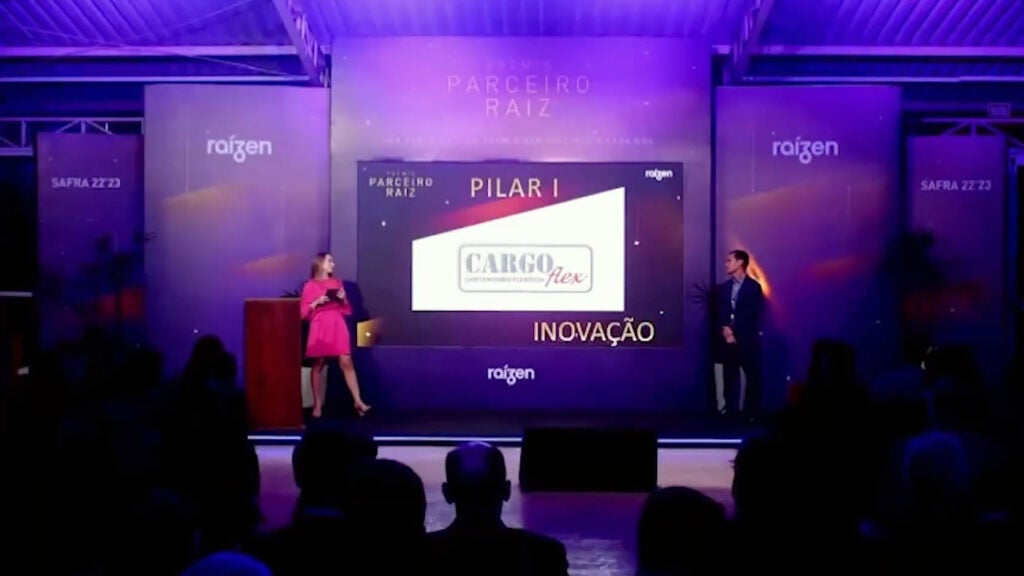The Fluid Catalytic Cracking Unit (FCCU) is one of the most important processes for converting lower value heavy oils into valuable gasoline and other lighter products such as distillate, butane, and propane fuels. The FCCU is a secondary conversion operation within more complex refineries that contribute the largest volume to the gasoline pool by catalytically cracking feedstocks that are too heavy to blend into the diesel pool. Various cracking techniques were pioneered in the early twentieth century but “the first FCC unit was built by M. W. Kellogg in Baton Rouge, Louisiana and was started up by operator Standard Oil in May 1942.” Two distinct configurations have emerged commercially since that time, side by side and stacked in terms of the locations of the reactor and the regenerator.
The FCCU experiences are wide variety of damage mechanisms
With much of the installed equipment base originally constructed in the 1940’s and 1950’s, component upgrades and revamps occur frequently. The FCCU reactor and regenerator is commonly constructed from 1¼Cr-½Mo or 2¼-Cr 1Mo alloy steels. After years of service at temperatures near or sometimes well above 1000°F, the units suffer from a wide range of aging related service degradation including thermal fatigue, graphitization, temper embrittlement, sulfidation and creep. They can also experience a wide range of corrosive mechanisms such as colythionic acid stress corrosion, naphetanic acid corrosion, ammonium chloride corrosion, and hydrogen damage such as hydrogen induced cracking and stress oriented hydrogen stress induced cracking. This wide variety of damage mechanisms created in the process lead to internal components needing replacement.
Managing concerns for head replacements
Head removal to change out reactor and regenerator internals are common but come with a myriad of challenges during reinstallation that affect welding. The first of which being the weld joint fit-up that cultivates two primary concerns, weld induced distortion in the pre-assembled head and the degree of out of roundness in the existing aged Cr-Mo material shell section. The head section can experience a variety of weld induced distortion mechanisms during removal and reinstallation of the internal components such as angular changes, bending, and buckling. Coupled with the potential for out of roundness of varying degrees from past service of the shell section, preparation for mechanical fit up becomes an immediate challenge in the sequencing of the installation. The fit up and potential for deformations then affects the design of the proper bevel selection. With material thicknesses exceeding 1”, best practice is to design the joint for a double sided compound bevel groove. The doublesided compound bevel joint design provides a substantial decrease in weld deposit volume as well as decreased residual stresses and potential for longitudinal shrinkage. The doublesided joint design requires backgouging to assure complete through-section fusion at the root, prompting the next challenge, access from the ID of the unit. Whether a single sided or double sided joint is selected, access to the ID of the unit is required in order to install a corrosion resistant overlay to the seam and reinstall refractory. In some cases, the clearance between the cyclones and shell ID can be less than 8” making manual welding of the groove joint and the weld metal overlay virtually impossible. Under these clearance constraints, weldability to the groove becomes the next challenge to address. Typically in these access constrained areas, keeping the arc length or tip to work distance consistent with manual welding, even for the highest skilled welders, is extremely difficult and often leads to lack of fusion issues at the root. Exacerbating the constraint issue is the fact that these welds are generally under elevated pre-heat creating extremely harsh work conditions as well as making the weld efficiency slow and prone to quality issues.
WSI’s HP GTAW™ Machine Welding for Head Replacement Seams
WSI’s Hot-PulseTM GTAW process delivers superior weld quality, increased productivity rates and reduced risk to personnel versus conventional welding methods. By utilizing a proprietary system of wire pre-heating, precise dabbing mechanics, and tightly controlled parameters the machine HP GTAW™ process minimizes the propensity for porosity, improves grain refinement and is significantly less susceptible to weld defects in critical field joints. Engineered with access constraints in mind, the slim profile of the equipment envelope can travel between the cyclones and shell ID. WSI’s machine HP GTAW™ welding technology combines unparalleled deposition rates with superior weld puddle control, subsequently delivering the highest weld quality with far less personnel risk in congested work areas like the ID of the reactor. This allows FCCU operators to utilize the highest quality double compound bevel joint design without the personnel or quality risks associated with manual welding. WSI’s machine HP GTAW™ provides weld deposits with superior volumetric and mechanical properties versus SMAW. The mechanical properties achieve improved ductility which make the finished weld deposit less susceptible to fracture under low cycle fatigue conditions. Simply stated, WSI’s HP GTAWTM process is faster, safer, and better than the currently used conventional welding methods for replacing heads on reactors or regenerators.
WSI – The World Leader in Pressure Equipment Life Extension
Whether the FCCU needs to be repaired emergently or during a planned turnaround, WSI has unparalleled innovative leadership backed by proven results. WSI an extensive portfolio of successfully completed, complex groove weld projects and qualified procedures to handle FCCU unit specific challenges. Find out more about our engineered services offering at WSI.
[1] J, Gary, et al. Petroleum Refining Technology & Economics – 5th Ed.
[2] Hydrocarbon Processing Magazine, July 2017. FCC process history



